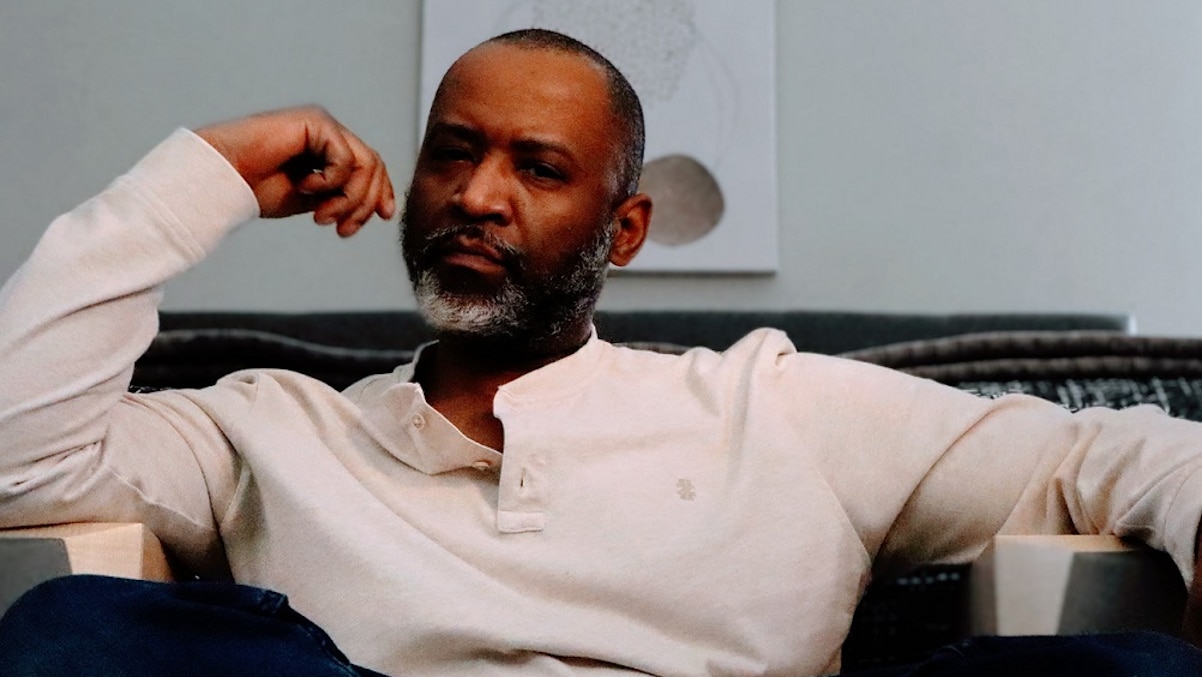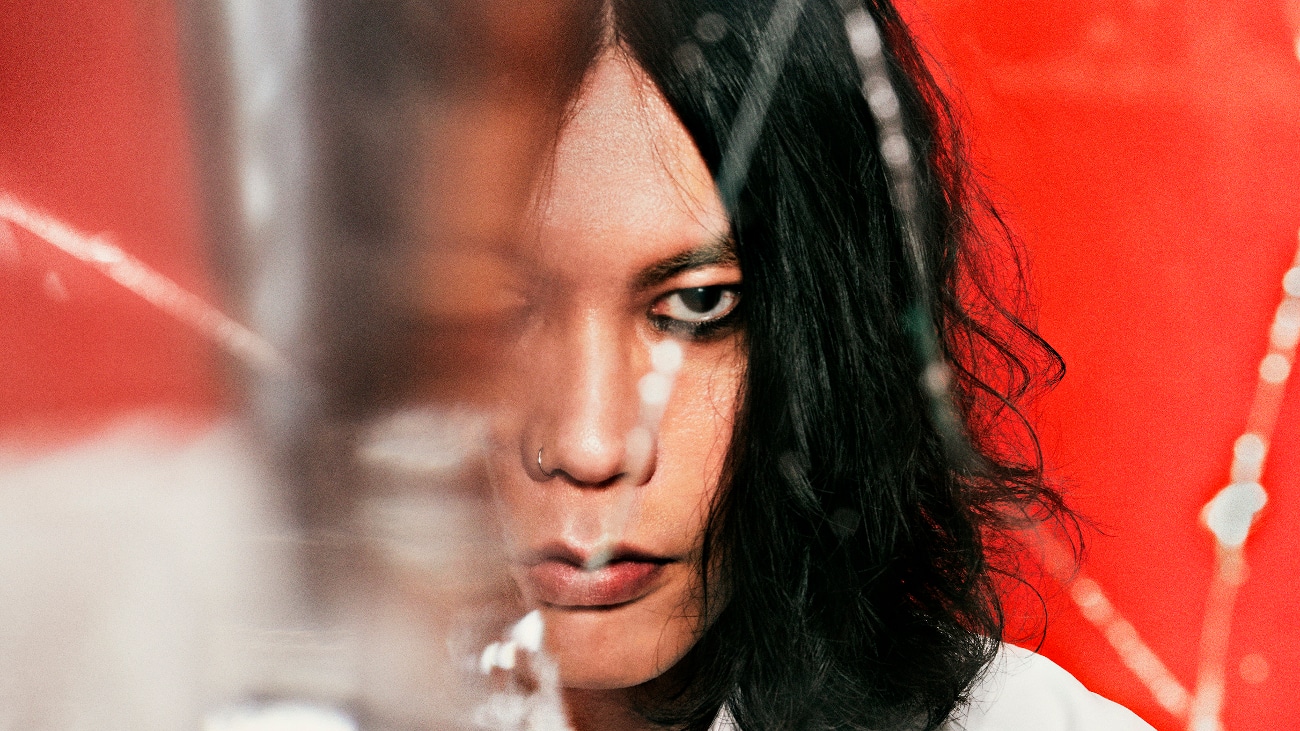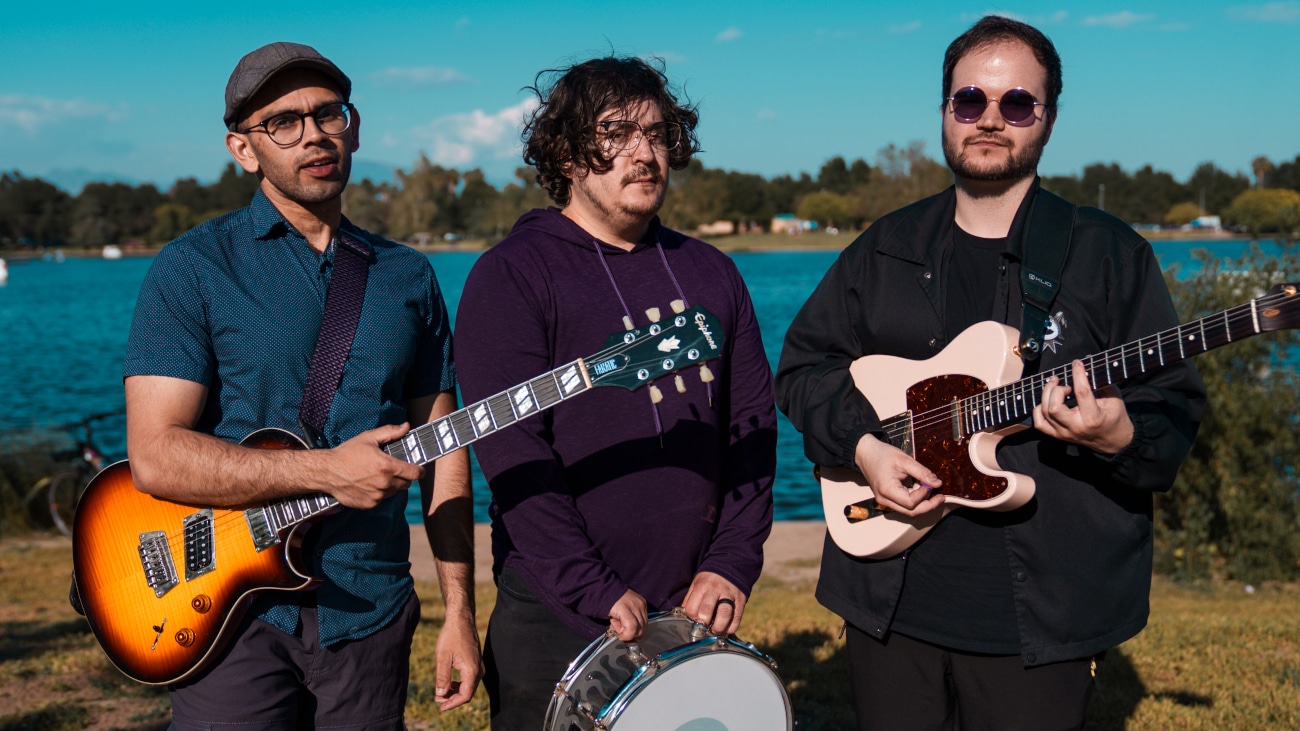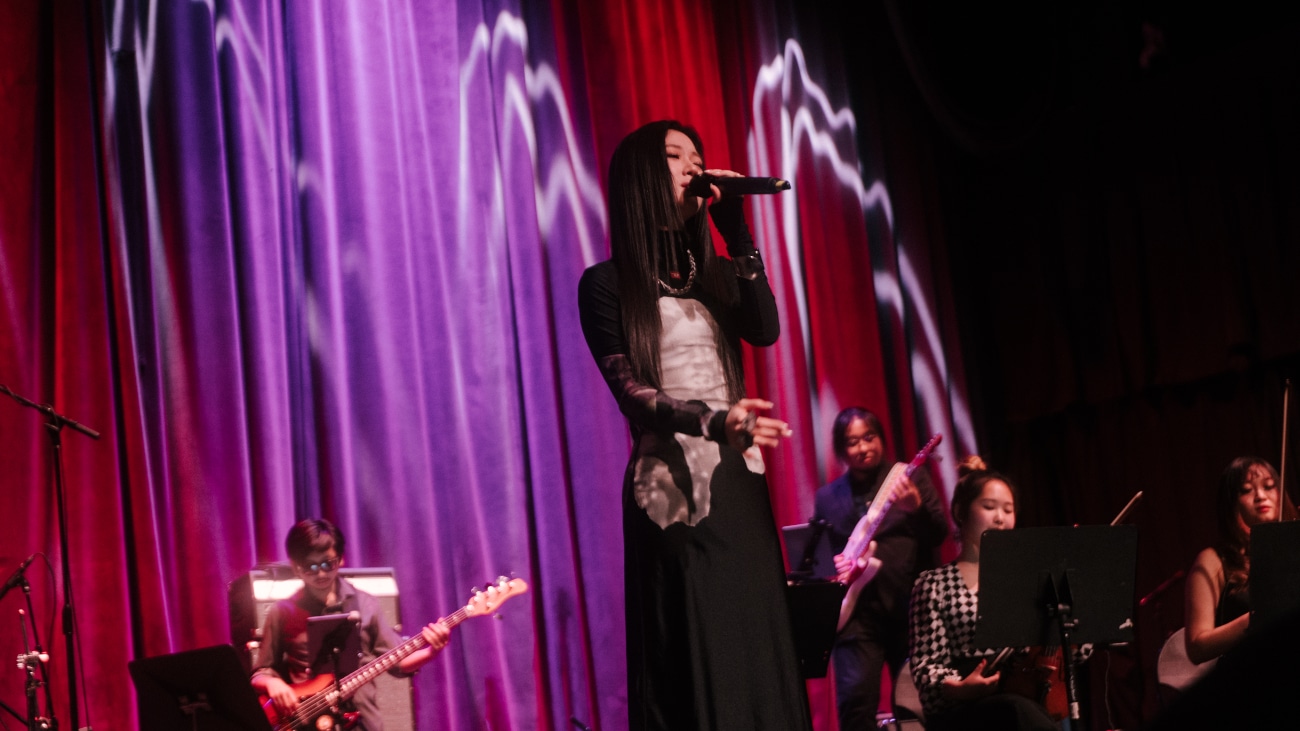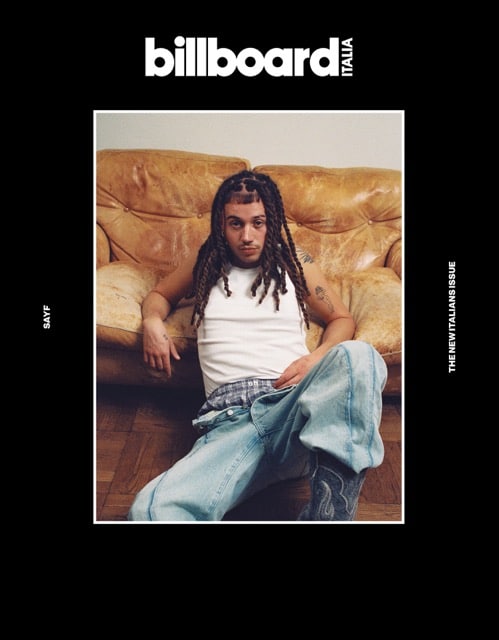Heritage and Stage: Omar Harfouch’s Concerto for Peace Finds Two Homes
The Miss Universe Organisation invited the composer to perform the concerto at the Miss Universe finals in Bangkok this November
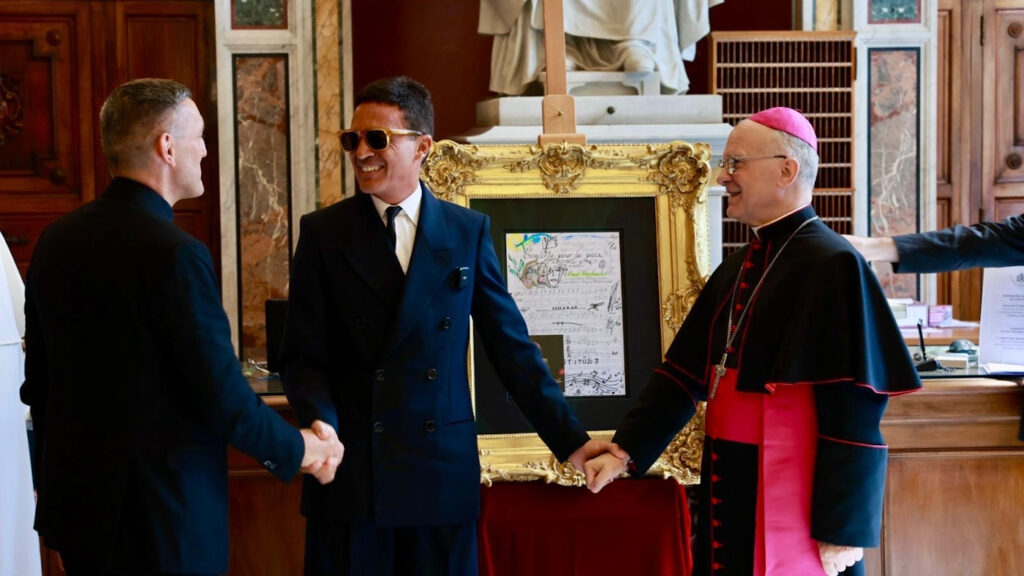
In the Vatican, Franco-Lebanese composer Omar Harfouch achieved a distinction reserved for very few in history. His Concerto for Peace was formally presented to the Apostolic Library, where the original manuscript will now be preserved for posterity. Even many of the greatest composers never received this honour, making the recognition a rare testament to Harfouch’s commitment to peace and humanism through music.
The ceremony followed a Mass at the Church of Santa Maria Regina della Famiglia. It was held in the historic Leonie Hall, inaugurated in 1892 during the pontificate of Leo XIII. In front of Prefect Giovanni Cesare Pagazzi, archivist and librarian of the Holy Roman Church, and Monsignor Angelo Vincenzo Zani, Harfouch handed over the score in a moment that combined solemnity with intimacy. His wife, Yulia, and their daughter, Gustavia, were among the small group of guests. The Vatican had already named Harfouch a “Pilgrim of Peace” under Pope Francis, but this gesture ensures that his contribution is safeguarded as part of world heritage.
The Concerto for Peace extends beyond music. Harfouch entrusted its first page to French painter Monsieur Jamin, often called the “French Basquiat,” who reimagined it as a unique visual artwork. In doing so, the score has become both a composition and an art object — a rare fusion that reflects Harfouch’s belief in peace as a message to be expressed across disciplines.
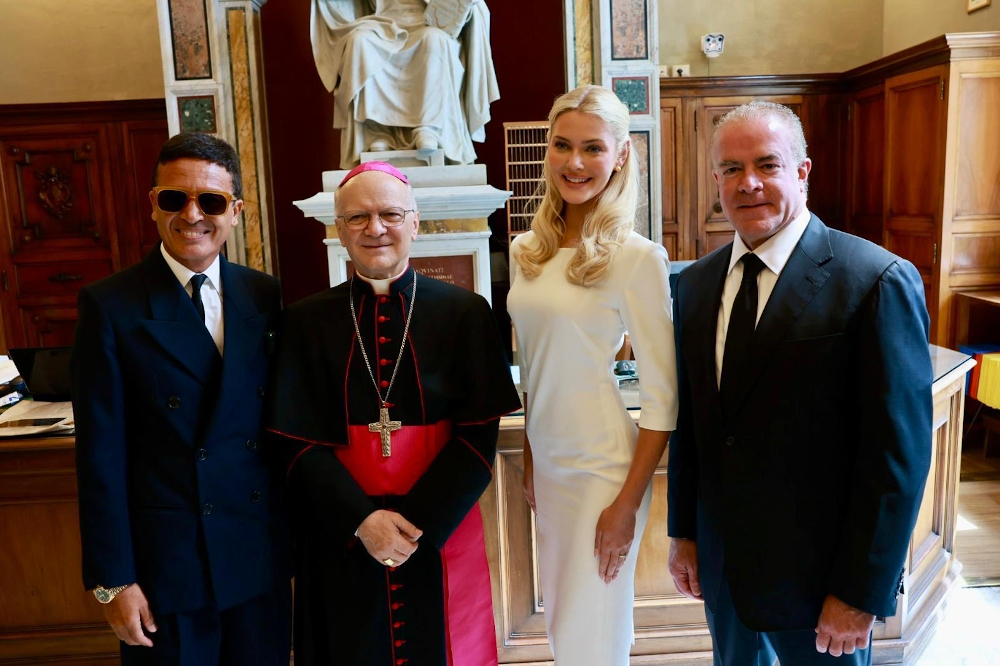
Concerto for Peace at the Miss Universe finals
What makes this moment even more remarkable is the unexpected invitation that followed. Raul Rocha, President of the Miss Universe Organisation, together with Miss Universe 2024, Victoria Kjær Theilvig, invited Harfouch to perform the concerto at the Miss Universe finals in Bangkok this November. With an audience of over one billion viewers, the performance will place his work on one of the world’s most-watched stages.
For Harfouch, the Vatican ceremony and the Miss Universe stage are not opposites but complements. One anchors his name in the permanence of history, while the other extends his influence to a global audience. Few artists manage to embody both worlds, but Harfouch demonstrates how art can serve as both heritage and influence, tradition and immediacy.
Whether in the Vatican’s archives or under the lights of Bangkok, the message is unchanged: peace, expressed through art, crosses every boundary.
